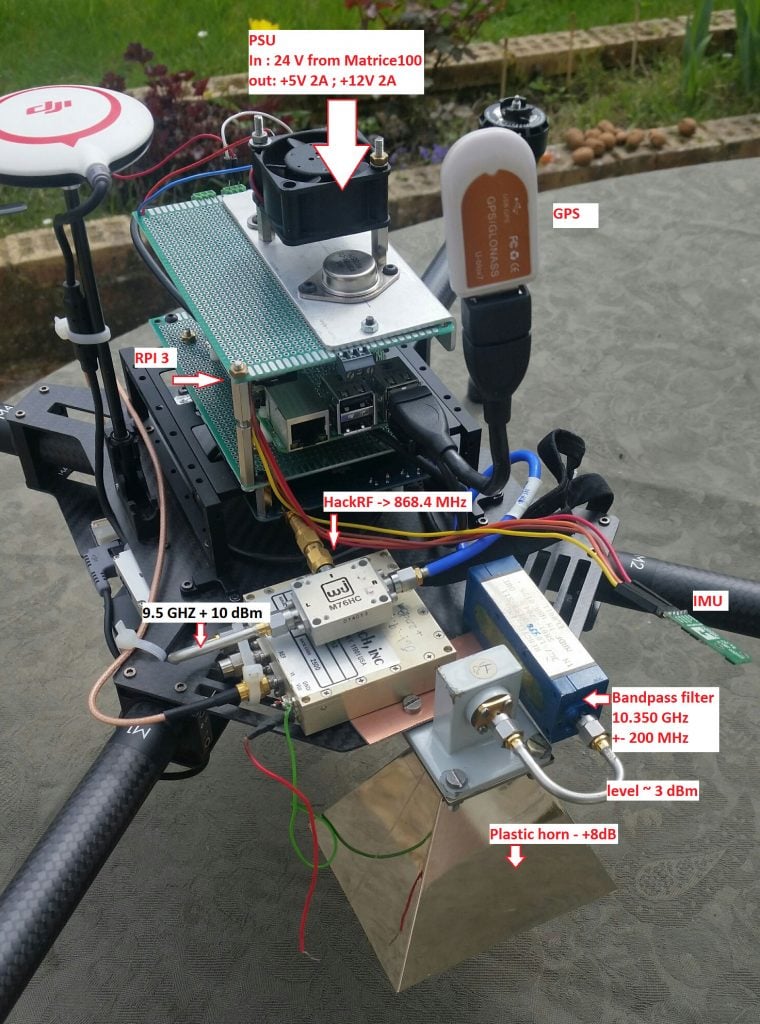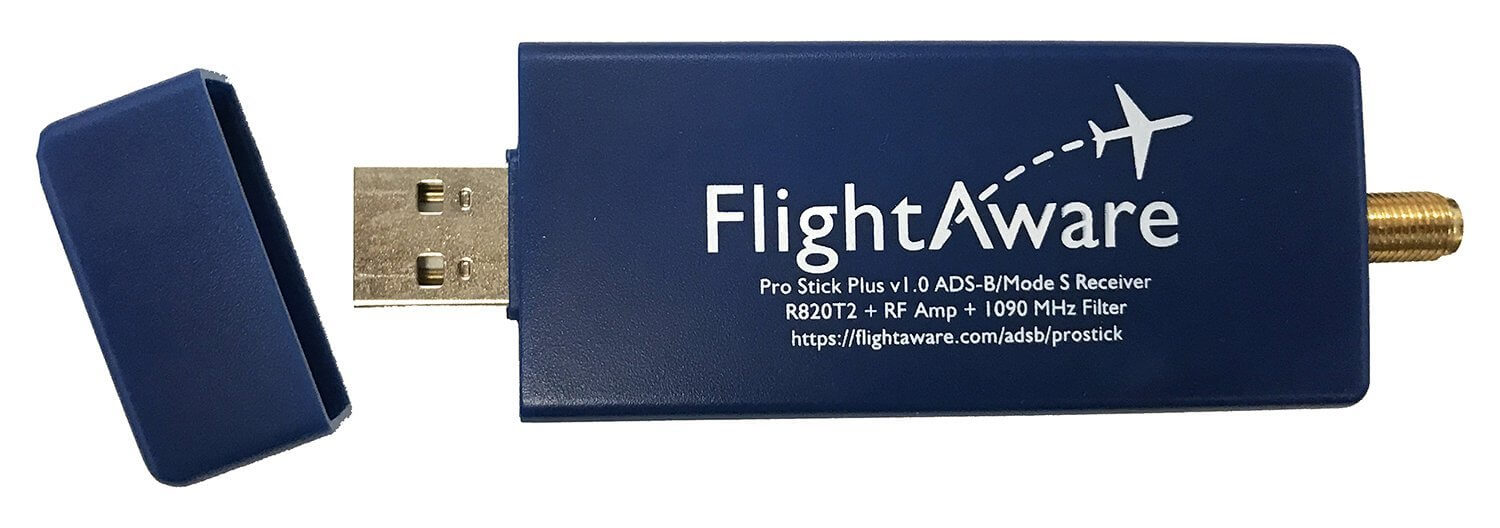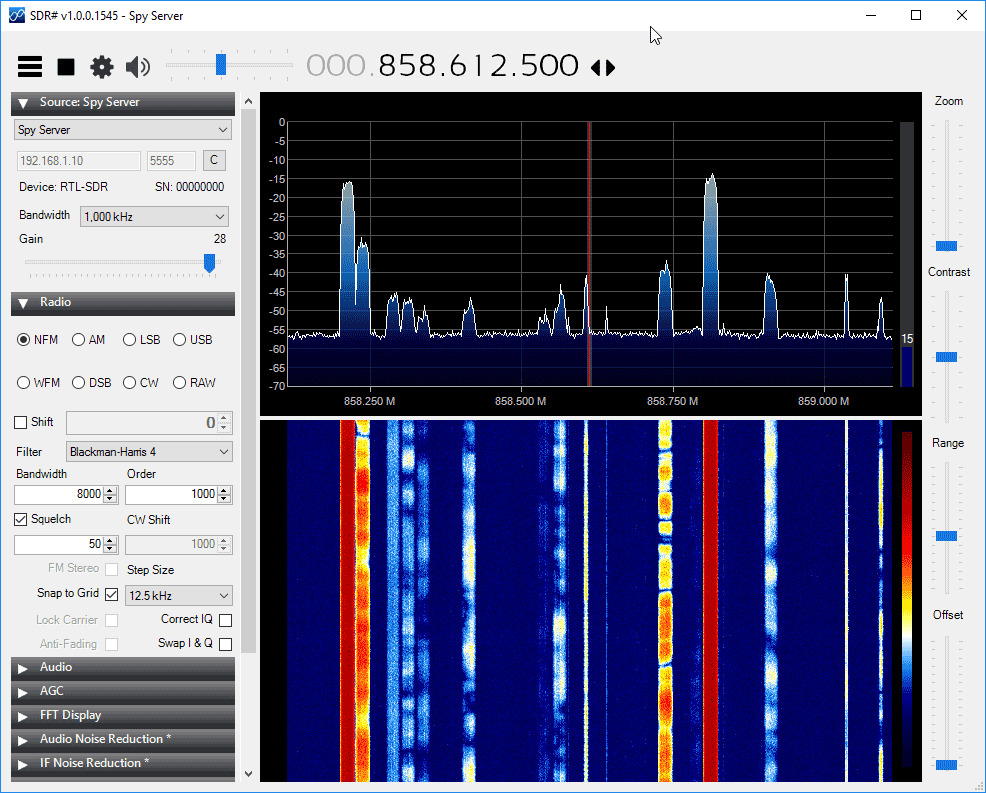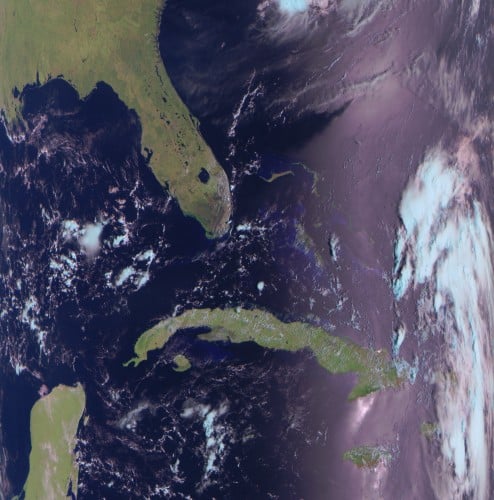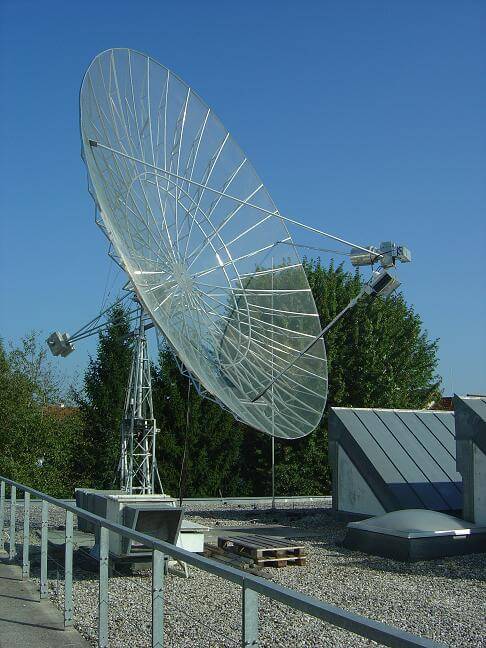New Cross Country Wireless HF Preselector
A new reasonably priced 5-band HF preselector has been released by the company Cross Country Wireless, and it looks perfect for use with SDRs. The price is $56.95 GBP, which right now is about $72 USD. They write:
This can be used to provide additional front end selectivity for HF and medium wave receivers protecting the receiver from strong out of band transmissions, wideband noise and other transmitters on multi-station field days.
As the sunspot cycle declines and more listening is done on the lower HF bands with long wire antennas and strong NVIS signals then the HF Preselector is an ideal accessory to aid receiver performance.
It is invaluable when using simple conventional superhet or SDR receivers such as RTL-SDR dongles with upconverters or SDRPlay with large HF antennas.
It is an ideal tool to reduce ADC overload on the Icom IC-7300 with the new second receiver socket modification kit.
It can also be used with other transceivers that have sockets for a separate receiver input and receive antenna output.
It also covers the medium wave broadcast band for MW DXers.
The Preselector is a passive high Q design that does not use an additional amplifier or require external power.
- Frequency tuning range: 0.5 to 52 MHz in five bands
- Input impedance: 50 ohms
- Output impedance: 50 ohms
- Bypass option on switch
- Galvanic isolation between input and output
- Insertion loss: 2 dB
- Selectivity: See HP network analyser plots below
- Connectors: BNC female (RF in 50 ohms), BNC female (RF out)
- Tough polycarbonate case
- CCW Z Match
Overall dimensions: 125 mm (L) x 85 mm (W) x 55 mm (H)- Weight: 192 g

